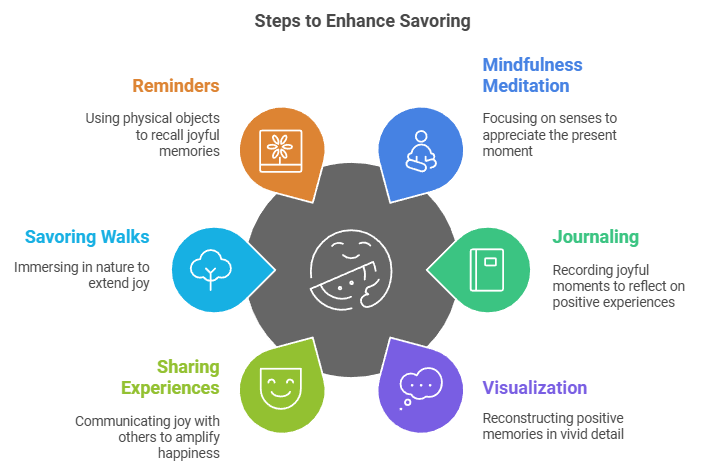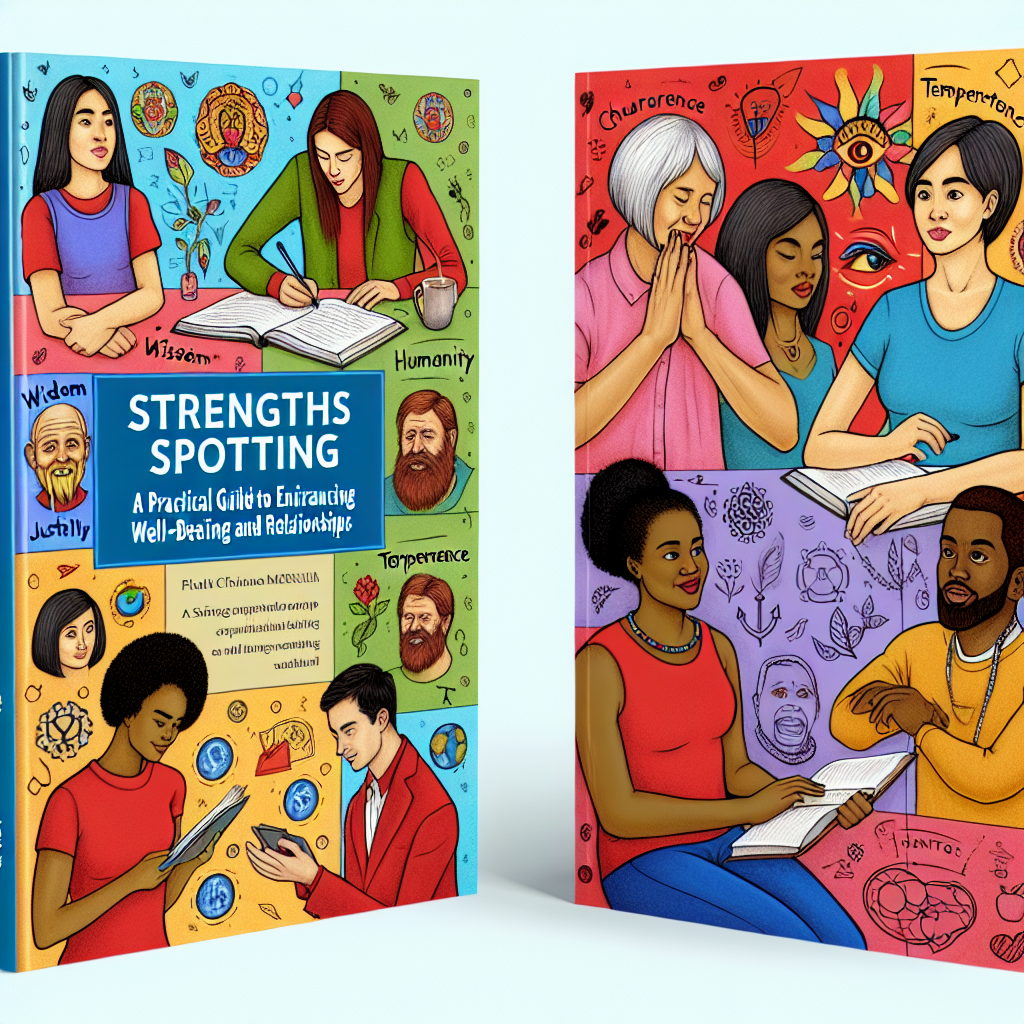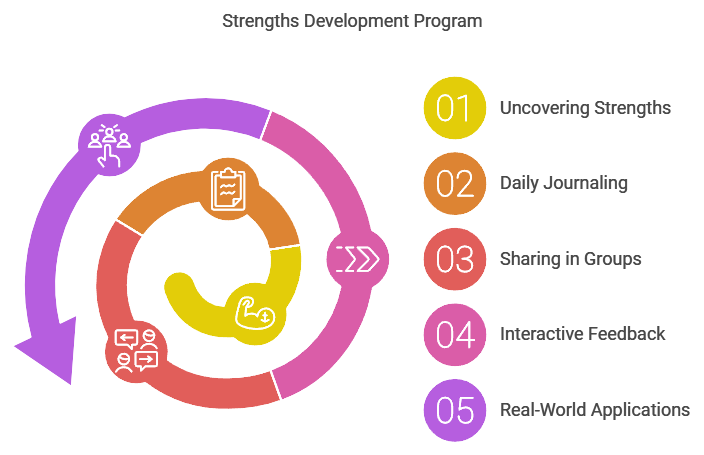Savoring is the art of consciously enjoying life’s experiences, allowing you to feel more joy and contentment. By practicing savoring, you enhance your capacity to enjoy the present, appreciate life’s pleasures, and boost overall well-being. This guide provides a blueprint to integrate savoring into your life, making it a part of everyday experiences. Let’s dive into what savoring is and how it can transform your life.
Understanding Savoring
What is Savoring?
Savoring is about being present and fully engaging with positive experiences to maximize the joy they bring. It involves intentionally focusing on the pleasurable, meaningful moments of life to enhance your happiness. This is grounded in positive psychology, which supports nurturing positive emotions to build resilience and satisfaction with life.
Why is Savoring Important?
Savoring increases the intensity and frequency of positive experiences by drawing attention to them. It helps you engage more deeply with what brings happiness and reduces stress by shifting focus to positive aspects of life. Overall, savoring can lead to greater mental health and life satisfaction.
The Science of Savoring
Psychological Underpinnings
Savoring is supported by the Broaden-and-Build Theory, which suggests positive emotions widen our perspective, enabling new and creative patterns of thinking and behavior. This broadening effect cultivates valuable personal resources like resilience and nurturing relationships over time.
Research Insights
Research shows that those who engage in savoring report higher happiness levels and cope better with stress. It helps you not only enjoy the moment but also builds resilience against life’s challenges by reorienting your focus towards uplifting experiences.
How to Practice Savoring: A Step-by-Step Approach

Step 1: Awareness and Mindfulness
The first step is recognizing and appreciating positive events around you. By staying mindful and fully engaged in activities, you cultivate a habit of noticing the finer details that bring joy.
Practical Exercise:
- Mindfulness Meditation: Spend a few minutes daily focusing on your senses. Pay attention to sights, sounds, smells, textures, and tastes around you.
- Journaling: Every day, note down moments that made you smile or gave you joy, and reflect on how they affected you emotionally.
Step 2: Intensifying Positive Experiences
Learn how to deepen the emotional impact of your positive experiences. This involves amplifying feelings of joy and openly embracing happiness without reservation.
Practical Exercise:
- Visualization: Close your eyes and reconstruct a positive memory in detail. Relive the sights, sounds, and emotions.
- Sharing Experiences: Tell a friend or loved one about something joyous that happened to you. Sharing magnifies the positive emotions.
Step 3: Extending the Joy of Savoring
Develop methods to prolong positive feelings and build habits around savoring to make it a natural part of daily life.
Practical Exercise:
- Savoring Walks: Go for a walk and immerse yourself in your surroundings. Focus on absorbing pleasure from nature, conversations, or the environment.
- Reminders: Create visual or physical reminders (like photos or souvenirs) that bring back the memory of a joyful experience whenever you see them.
Integrating Savoring into Daily Life
Daily Savoring Diary
Keep a diary to track your savoring activities. Note down what you focused on, how you savored it, and the resulting impact on your mood and stress levels. This will help you recognize patterns and areas to improve.
Savoring with Others
Involve friends and family by sharing your savoring practices. Creating shared experiences enhances social bonds and amplifies the joy felt during savoring.
Evaluating Your Progress
Feedback Loop
Regularly check in with yourself or through surveys to evaluate the impact of savoring on your life. Be open to adapting your practices based on feedback to optimize the benefits.
Long-term Changes
Use standardized assessments to track changes in your overall happiness and well-being over time. This will help you see the tangible effects of savoring on your mental health.
Conclusion
Savoring teaches you to focus on and extend the happiness derived from positive experiences. By integrating savoring techniques into your life, you can increase your enjoyment, enhance emotional resilience, and improve overall well-being. Practice savoring consistently, and you will find it easier to navigate life’s challenges with a positive outlook and greater joy.



